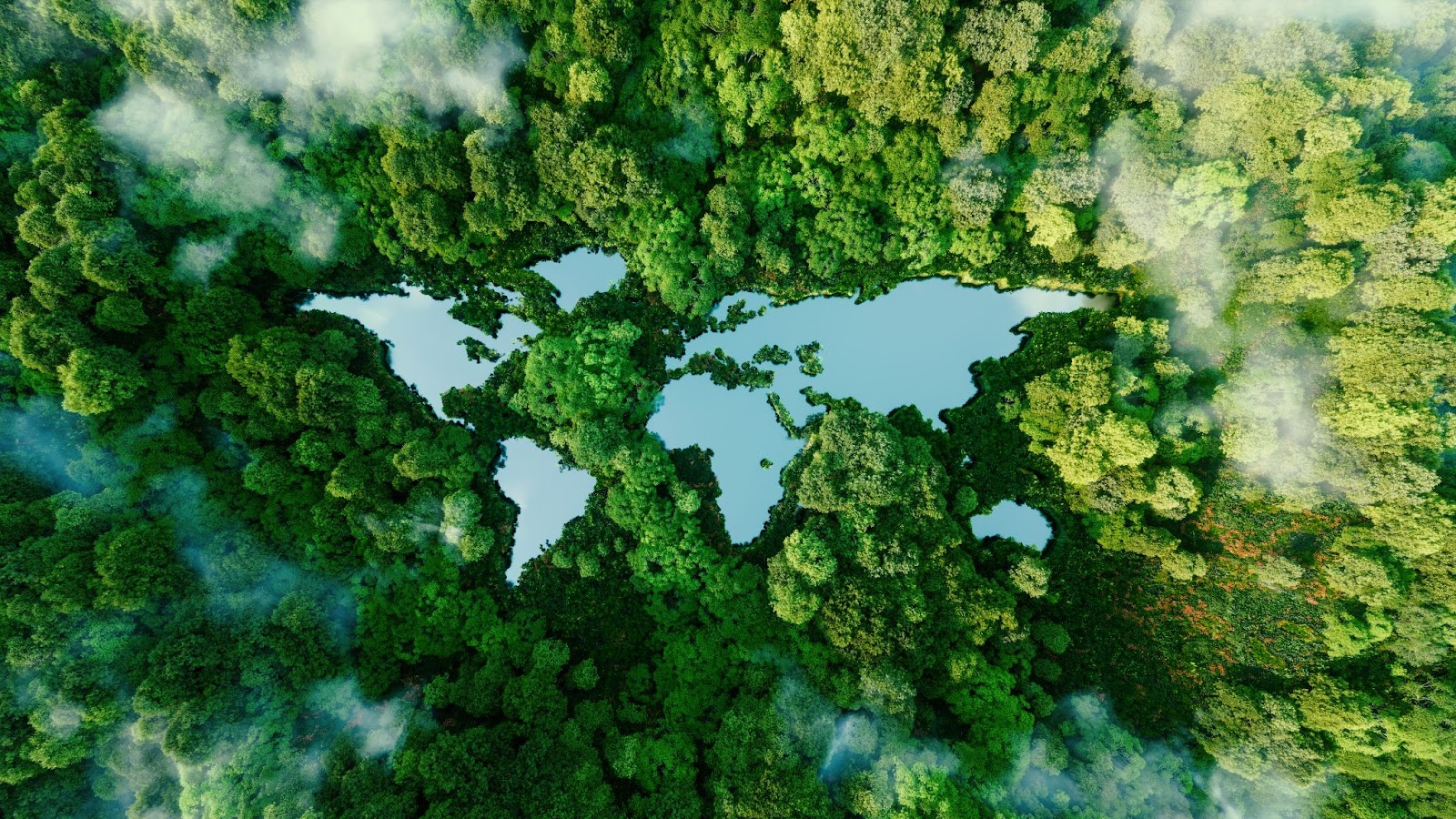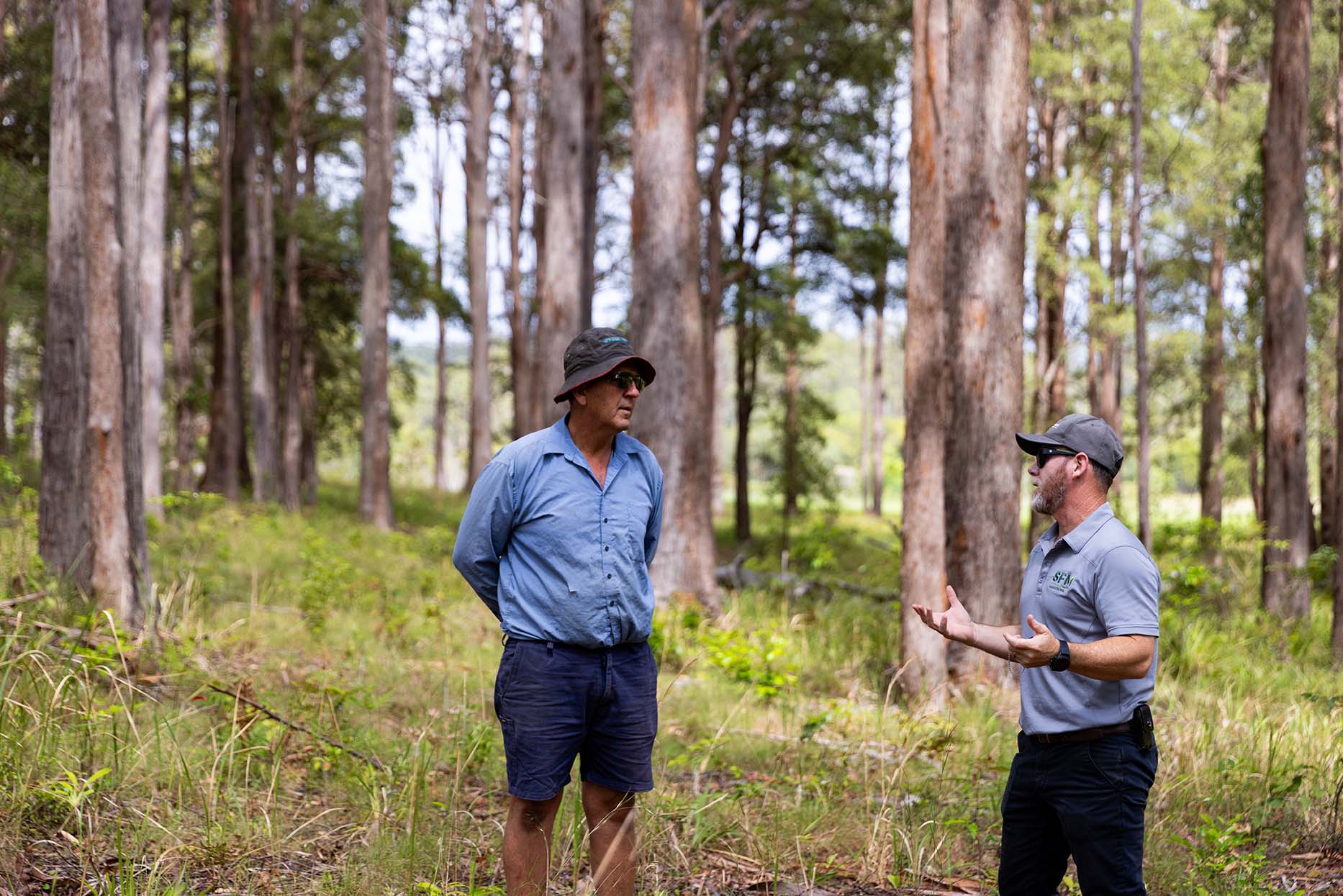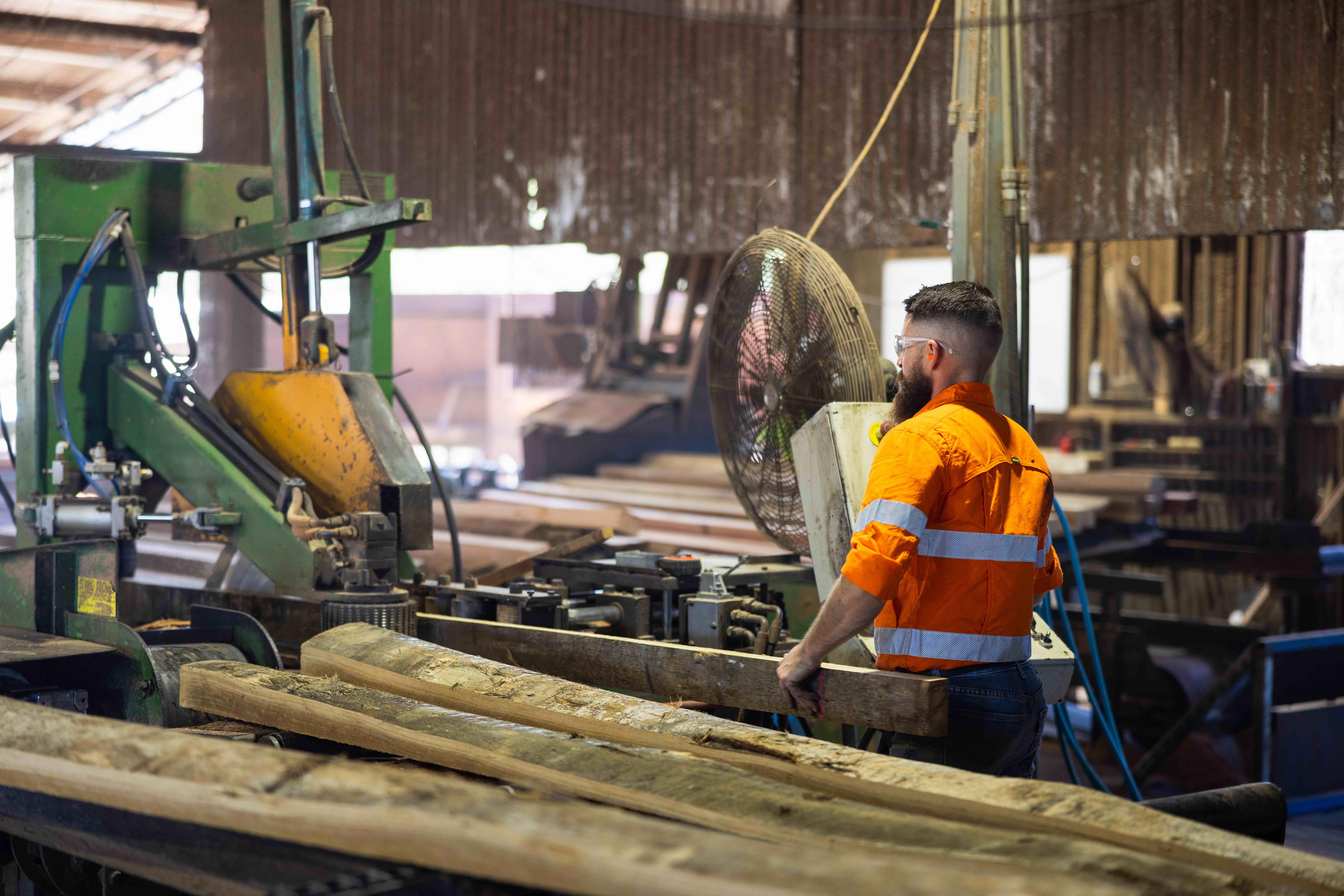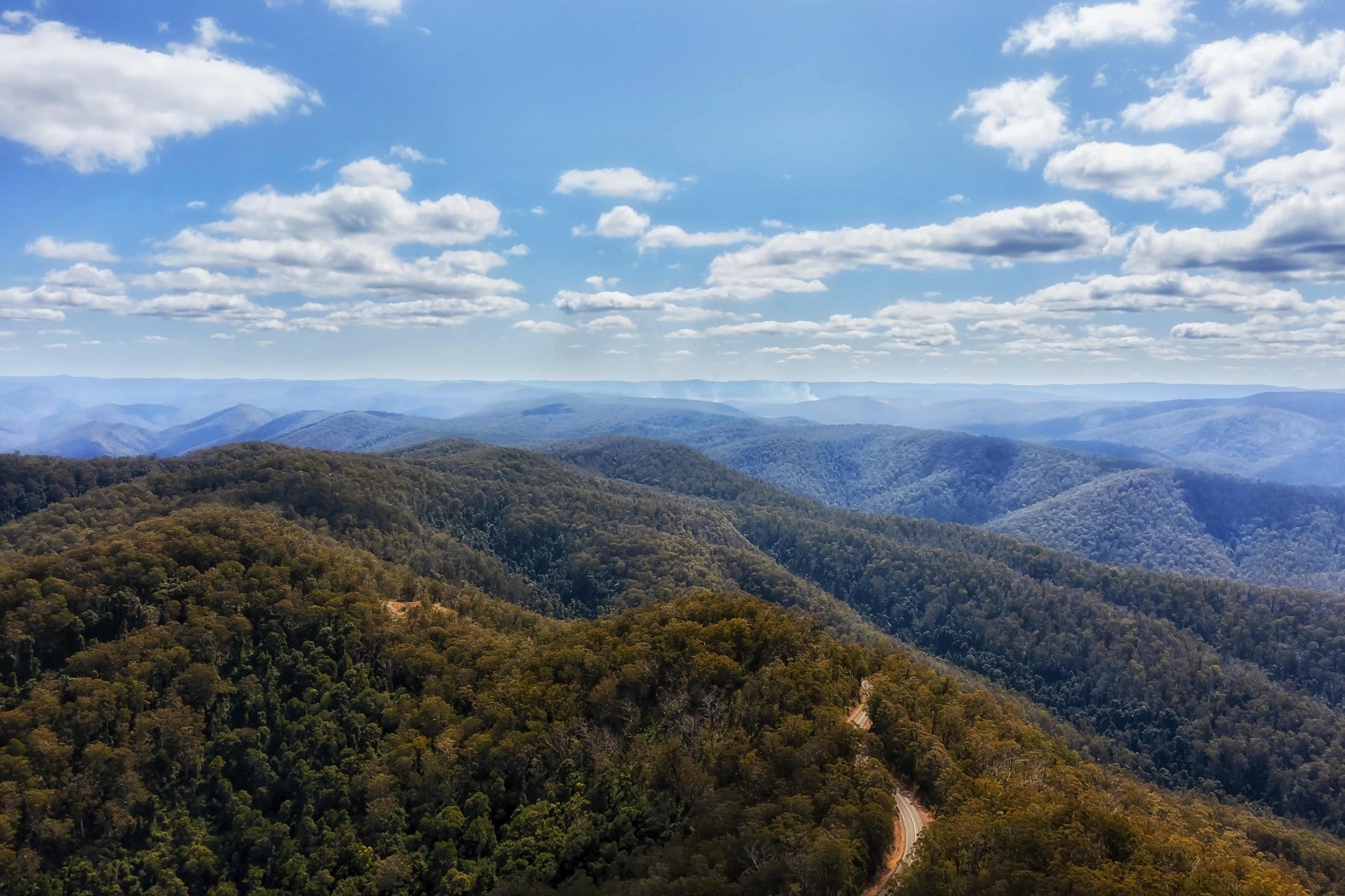Our climate is changing, so we must change too. Each one of us has the opportunity to embrace a more sustainable way of living, which will benefit multiple generations to come. From the food we choose to eat and the products we consume, to how we manage our resources, each decision we make will impact the future – ours and our families to come.
This article focuses on the opportunities for East Coast landowners to embrace sustainable management practices and how collectively, we can make a change for good. As the sustainability leader in our industry we aim to transform forestry practices by setting the example with a truly sustainable approach. Thus, ensuring the long-term health of Australia’s private native forests.
Global temperatures continue to rise with June 2023 being the hottest month on record. From Northern Europe to Australia’s East Coast we are now seeing temperatures significantly warmer than charted before. (World Meteorological Organization).
The climate clock continues to countdown with 6 years (at time of writing) left in which the world needs to act to limit climate change to 1.5C.
A large focus of the challenge to address climate change is to reduce the world’s:
- usage of fossil fuels,
- meat consumption,
- food waste and
- single use plastic
Across the world, we have seen initiatives introduced to tackle some of these, for example the single use plastic bag, cutlery and straw bans we have seen here in Australia (Earth Org).
Regenerative Farming
A trend towards Regenerative Agriculture has also been embraced on our shores, with many farmers adopting regenerative farming activity. There are many further education programmes, including a leading one locally at Southern Cross University providing the tools for a new way of managing the landscape, climate, livestock and people (Local Land Services).
Regenerative agriculture restores and enhances farm eco-systems through supportive practices focused on landscape, climate, livestock and people.
Leaving the land better for the next generation
Australia’s agricultural industry is going through a major transformation. With many farmers aiming to leave their land better than when they found it for the next generation, regenerative agriculture is being adopted as the tool to do just that (The Farmer Magazine).
From water management and revegetation to plant biology and wildlife management, regenerative farming looks at the total environment. Farmers are equipped with better knowledge and understanding of sustainable farming practices that work with nature – for example organic farming and agroforestry which help improve soil fertility, rather than degrade the land for food production.
Read more about agroforestry here.
It’s no longer about trying to do things how they have been done before, but rather how things can be done to achieve better overall outcomes.
Denmark’s approach to forestry – a case study for a sustainable future.
Denmark provides a positive example of a nationwide change towards sustainable forest management with huge benefits.
In some instances there may have been a major change to the land – for example an unexpected natural event such as bushfire or flood that may be the instigator of change. When that happens to a private native forest – there are decisions to be made. From the actions to undertake, to the approach to be followed, these all stem from what you want for the outcome. If it is for a future long term healthy forest – then this may not mean trying to recreate exactly what was there before.
There are many examples around the world that we can learn from and adapt for our location. Perhaps one of the most interesting and beneficial is that of Denmark’s approach to forestry.
From 2% to 20% forestation
A country naturally full of trees, centuries of uncontrolled felling and clearing led to only 2-3% of land covered with forest by 1800. Five years later the Danish Forest Act 1805 was introduced. Since adoption, forest clearance has been banned in Denmark, with significant efforts to regrow forests a key focus. Even today, forest growth continues to be a focus, with approximately 13% of Denmark’s land now forest cover and an aim to achieve 20% this century (Denmark Ministry of Environment).
Forest rehabilitation in Denmark has followed a nature-based approach to forestry. When deciding what to plant and grow, Denmark looked to its future requirements with regards to building, housing as well as social and recreational usage, rather than what had been there before. This resulted in two thirds of Denmark’s forest being evergreen Norwegian spruce, with the remaining third native broad-leaved deciduous species.
Forests are an integral part of Danish society, with many Danes holding forests and forest related jobs in high regard. Recreational use of forests is high, supported by laws enabling public access to both state and private forests (The Danish Approach to Sustainable Forestry).
The value of forests to people living in Denmark is significant, with access to state and private forests for recreation. Over 40 nature schools have been established in forest areas and nature based kindergartens are becoming increasingly popular.
In 2002 Denmark introduced a National Forest Programme, focussed on active forest management in accordance with close-to-nature principles; a sustainable forest management programme incorporating economic, ecological and social considerations.
The programme aims at a long-term conversion towards a forest management regime, which increasingly supports and utilises the natural processes of the forest. Developing a culture of forest management that mutually supports the economy, environment and ecology in both state and private forestry.
By 2040 Denmark aims to have 10% of national forest with biodiversity as its primary objective, with 20-25% coverage after one tree generation (80-100 years) (Danish Forest and Nature Agency). With clear objectives and legislation to support, Denmark is a leading example of positive sustainable forest management. With a collective adoption across the nation, the benefits to the country are huge.
How can I better manage my forest?
We are here to help. With several decades of experience in private forest management, we can help your native forest get in better shape to ensure its value as a long-term asset for generations to come.
We encourage you to get in touch with us today for a free no-obligation assessment for opportunities to turn your native forest into a diversified income stream and long-term asset for your farming business. Please Contact Us or call 1300 367 378 today. Let’s make a collective change for good.



